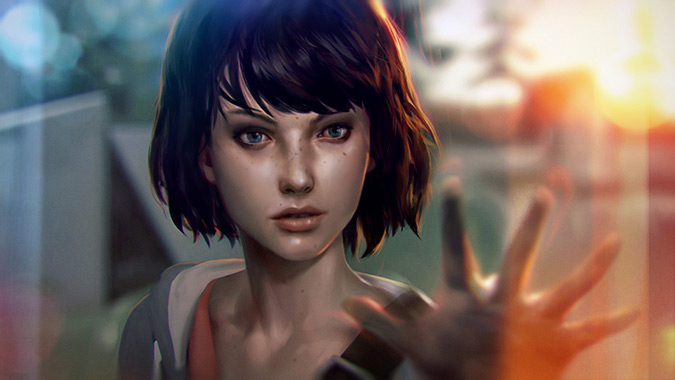 9 years ago
9 years ago
Episode one of Life is Strange set to become a permanent free download
Square Enix and DONTNOD have announced that the first episode of their critically-acclaimed Life is Strange will be permanently free to download from July 21. The narrative drive adventure game …
Read More
 11 years ago
11 years ago
Life is Strange Episode 1: Chrysalis review (Xbox One)
“It’s like Gone Home,” my roommate tells his curious D&D buddies of the game I’m playing for review. A cursory glance at the screen would lead you to believe that he wasn’t wrong, either. The game in question, Life is Strange: Chrysalis from Dontnod Entertainment and Square Enix, does feature a similar protagonist. Main character Max Caulfield is a young, confused girl looking for answers about the disappearance of another girl. After five years away in Seattle she’s returned to her small hometown of Arcadia Bay, OR to attend a prestigious boarding school. Chrysalis‘ setting puts Max in classes, at the school dormitories and at an old friend’s home. She’s not literally alone like Kaitlin Greenbriar in Gone Home, but as the shy kid in the back of the class, Max often feels like it.
If you stopped reading this review after that first paragraph, no one would blame you for describing Life is Strange as that game that’s “like Gone Home.” The two titles have one big difference, however: Gone Home is about solving puzzles, while Life is Strange is about solving conversations. And whereas video game puzzles usually only have one correct solution, conversations have room for many possible options to carry a game forward.
